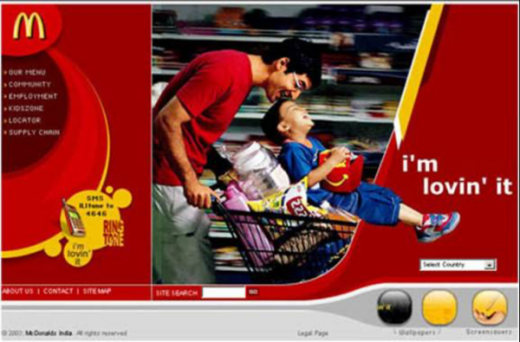A Definitive Guide to Multicultural Marketing
Two years ago, commercial real estate company Bedrock Detroit installed a billboard in Detroit city with the slogan, “See Detroit like we do,” on it. The offline advertisement was ill-received. Why do you ask? Because the image used in the ad features only white people – a blunder indeed given that 82% of the population in the city was black.
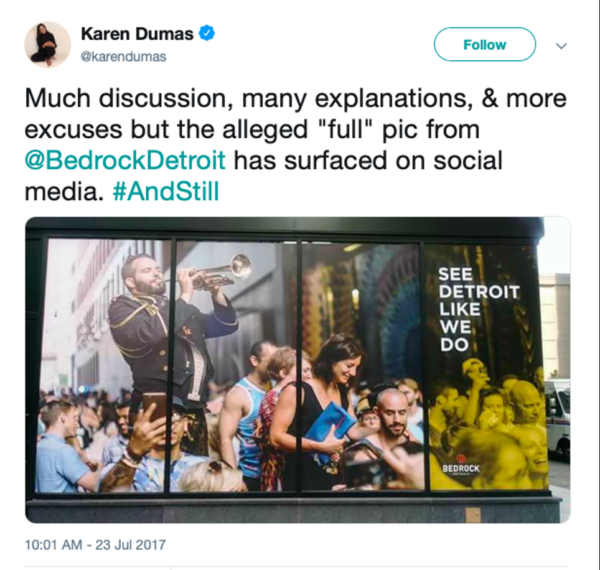
If the debacle by Bedrock has a lesson for us all in it, it is that brands cannot plunge into a marketing campaign without conducting thorough research on the cultural aspects of the messaging – whatever and wherever it might be.
Meaning, a marketing campaign should not only deliver the brand’s message but must also take into account all types of customers based on their varying cultures and backgrounds. And this does not necessarily mean that the campaign concept must be overarching as a whole, but it must make the customers feel included so that they may participate.
The urgency of going multicultural
The buying power of multicultural groups in the US is upwards of 4.3 trillion USD. By 2044, Asians, African Americans, and Hispanics will primarily represent the US population. Besides, the multicultural shift is more than “skin deep.”
When such multi-ethnic consumers are targeted, brands need to consider various elements such as language, age, shopping habits, and cultural sensitivity.
Multicultural marketing expands the audience pool and enables a brand to resonate and connect with the customer on a personal level. With a clear and consistent brand message – brands can establish a local connection with the target audience.
No wonder your customer’s cultural background is essential because every community consumes a specific product or service differently. And, that is so because they are influenced mainly by their language, culture, traditions, and other such factors.
The cultural differences will help you develop customer empathy and integrating this knowledge into your marketing campaign is imminent to your brand’s success.
Elements included in a multicultural marketing campaign
The goal of any such campaign should be to improve and enhance the overall perception of your brand. Also, to increase customer loyalty and strengthen growth in terms of ROI. Ideally, you should be able to collate sufficient user data, identify relevant advertising channels and leverage the right technologies for exceptional results.
- Research the audience
How do you ensure that your multicultural marketing campaign connects with a diverse set of people? By conducting thorough research of the target audience. Often, brands create marketing campaigns based on vast assumptions and not facts and figures. And, that’s one of the reasons for any campaign to perform poorly.
That practice, undoubtedly, can tarnish the brand image. For example, popular skincare brand Nivea was called racist for their recent campaign, which used the tagline ‘White is purity.’ The ad was called racially insensitive. But it wasn’t the first time that Nivea had landed in hot waters.
In 2011, they launched an ad with the words “Re-civilize Yourself,” over an image of a sophisticated and well-groomed black man appearing to discard a mask of a black man with an Afro. The Internet was quick to call out again!
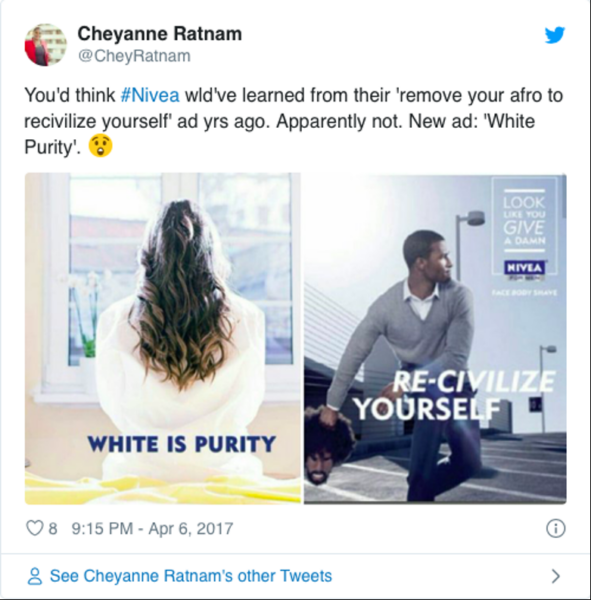
To reach your diverse audiences, your marketing campaign should focus on understanding the factors that contribute to diversity and using them to communicate with the target audience.
To conduct audience research, one has to get into the depth of individual customers, the languages, communication styles, traditions, and social norms that divide them.
- Create consistent omnichannel communication by localizing various channels
a. Website
A website is a fundamental requirement for any brand today. A recent 2019 report by Statista claims that only 25% of worldwide internet users communicate in English, with the second most popular language being Chinese (19%).
Therefore, it is necessary to make the internet space less English-centric. Localize your website to suit different cultures, including the layout, logo, content, visuals, pricing, payment gateways, images and video testimonials.
Once, KFC told its Chinese customers to “eat their fingers off,” which was a direct translation of its timeless tagline, “Finger-lickin’ good.”
Hire local translators to curate the web content based on different cultural sensibilities.
b. Email
Contrary to popular belief that email is dead, the channel has been proven to be the best channel in terms of ROI (68%). As of today, over 280 million emails are being exchanged daily on a global scale. It offers an excellent platform for brands to reach a large number of targeted audiences.
Email marketers must focus on three elements when catering to multicultural customers:
- Cultural sensibilities
- Time zones
- The local languages being spoken
Birchbox, an online monthly beauty subscription service provider, targets its customers from different parts of the world by sending them separate emails in different languages. Not only this, every email has a different look and feel, and the placement of information also varies.
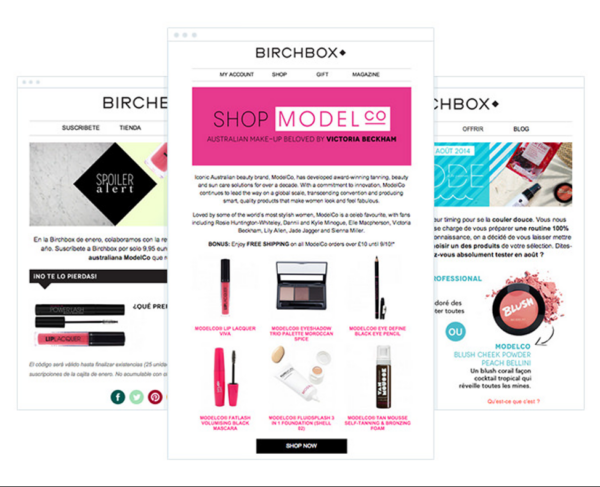
c. Social media
Social media provides brands the medium to reach and engage with a global audience. For brands manufacturing and distributing their products across the globe, this is a huge advantage. By localizing the content on social media, your brand can resonate with the target audience in every geography. With 65% of people using social media as an effective channel for customer support, as per SproutSocial, social media acts as a vital cog in the business machine.
Uber does an excellent job of supporting each geography through a separate channel on Twitter.
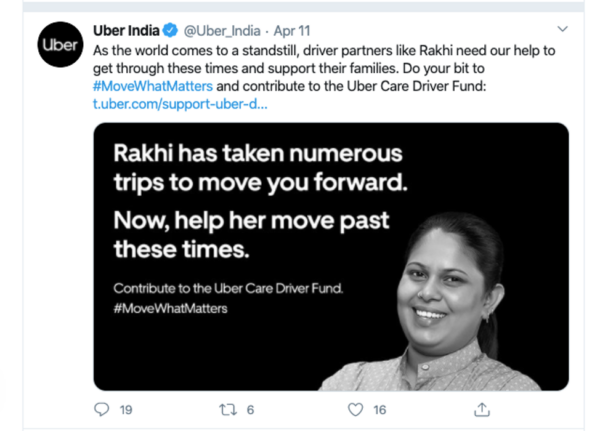

d. Visuals
McDonald’s takes the cake here with its appropriate global branding strategy. Its “I’m lovin’ it” slogan is used differently in different countries. Let us take Switzerland and India as an example.
The fast-food chain’s Swiss site features an image of a woman listening to music and relaxing alone. However, the Indian website is more colorful and shows a father and son enjoying an outing to the supermarket.
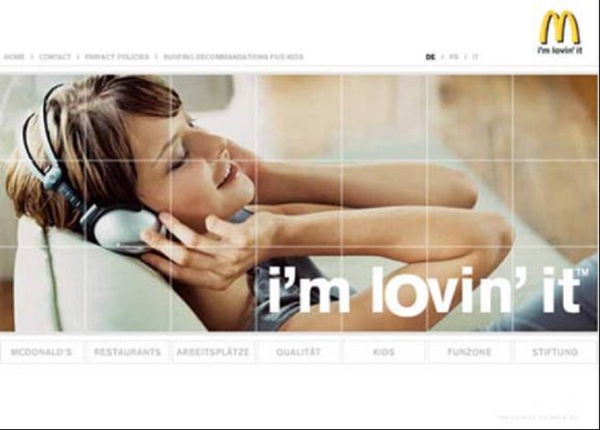
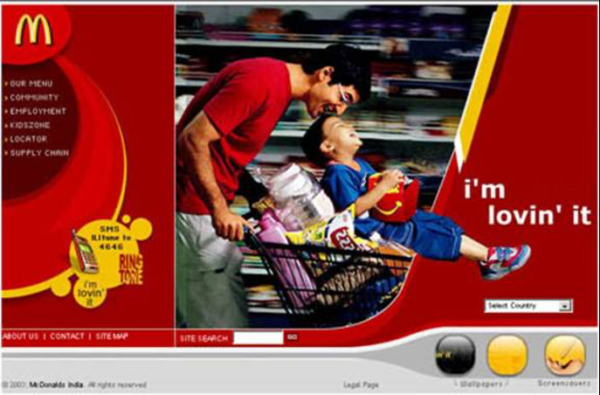
McDonald’s customer experience is not just limited to the food menu but its overall branding. This is necessary for brands that have a global presence and want to keep scaling up with time.
- Focus on localization, not translation
There is no one-size-fits-all approach when it comes to localization of content for your multicultural marketing campaign. This is a process that requires significant research, time, and effort. That’s why a simple translation tool won’t do the job well.
With translation, the text gets converted from one language to another in a way that gives it an equivalent meaning. However, localization is a more comprehensive process. It takes into account cultural components, non-textual aspects of content, as well as the linguistic issues that a product or service must adapt for a given country or locale. Create a product roadmap to communicate the localization strategy for teams that work across the globe.
Over to you
Localizing a multicultural marketing campaign enables customers to feel included, thus motivating them to be a part of the company. Have you ever run a multicultural marketing campaign? What are your tips and learnings?
Digital & Social Articles on Business 2 Community
(8)

